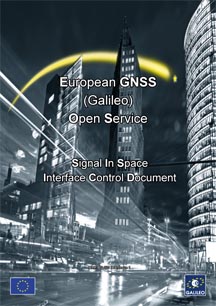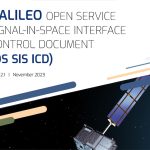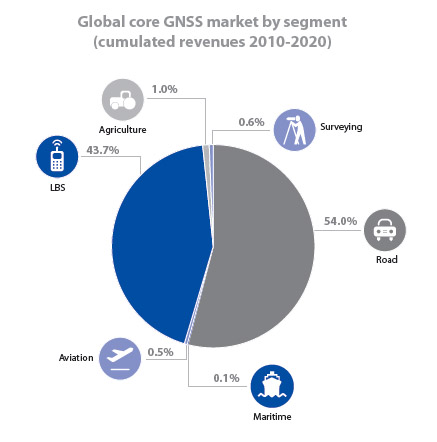
The European GNSS Supervisory Authority (GSA) has released a new version of the provisional Galileo Open Service Signal-In-Space Interface Control Document (SIS ICD).
The new SIS ICD will enable developers to create products and applications that employ the Galileo system and signals. The new document is open for public consultation.
The European GNSS Supervisory Authority (GSA) has released a new version of the provisional Galileo Open Service Signal-In-Space Interface Control Document (SIS ICD).
The new SIS ICD will enable developers to create products and applications that employ the Galileo system and signals. The new document is open for public consultation.
This is the second version of the Galileo OS SIS ICD; the first was published in May 2006. The new version incorporates, among other things, the description of the MBOC modulation for the Galileo E1 signal. A version of the MBOC modulation will also be used on the future GPS civil signal, L1C, as the result of a cooperative effort between the European Union and the United States.
The new Galileo ICD also describes the structure of the Search-and Rescue (SAR) return link messages.
Even with the new information, the Galileo SIS ICD remains a work in progress, the GSA cautions. In order to fine tune it and make the document as useful as it can be, the GSA has opened a public consultation process on its website in order to gather comments from within and outside Europe.
This consultation process will end in May 2008. In order to comment, interested parties will need to register and to download a specific comment form.
To access the new Galileo OS SIS ICD and to learn how to participate to the public consultation process, go to the GSA website.
Interface control documents are a vital component of systems engineering because they define and control the interface(s) of a system, thereby clearly and accurately defining the requirements which applications need to fulfill. In short, ICDs describe how to access the functions and services provided by a system via its interface.





